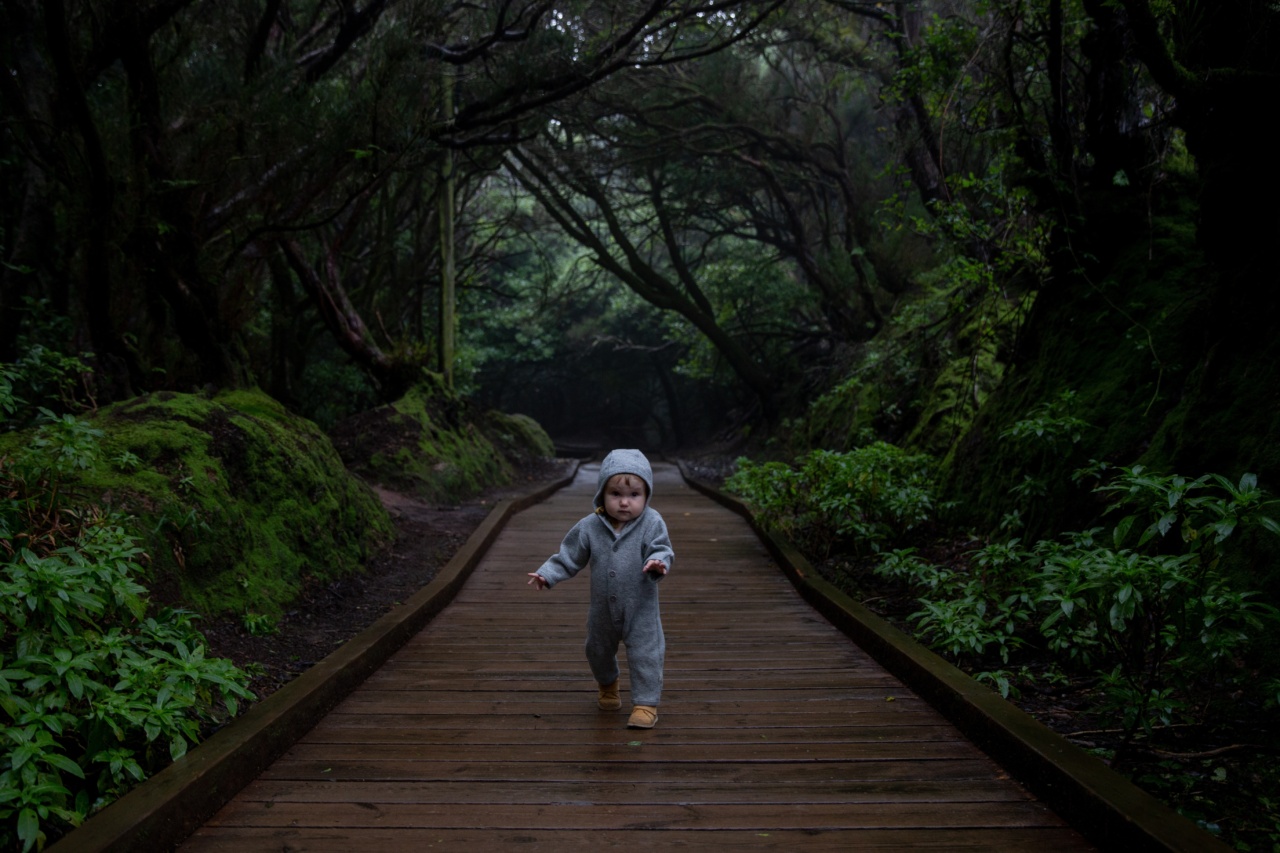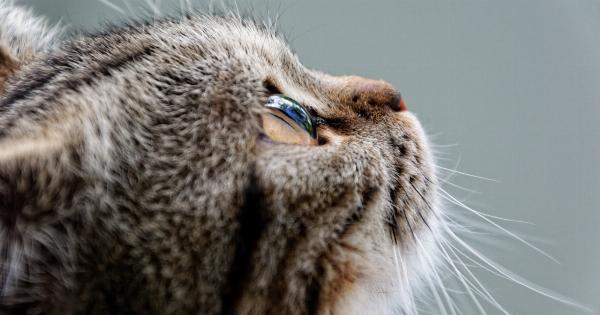One of the most incredible miracles of life is the development of a baby inside a mother’s womb. It is a journey full of mystery and wonder, as a tiny seed transforms into a fully formed human being.
In this article, we will delve into the fascinating process of prenatal development, unveiling the stages and intricacies involved.
The Miracle of Conception
Life begins with the merging of an egg and sperm during conception. This miraculous event occurs in the fallopian tube, where the sperm penetrates the egg, leading to the formation of a single-celled zygote.
This zygote holds the genetic blueprint that determines the unique characteristics of the baby.
Embryonic Stage: Laying the Foundation
After conception, the zygote undergoes rapid cell division and moves towards the uterus, where it implants itself into the uterine lining. This marks the beginning of the embryonic stage, which lasts for approximately 8 weeks.
Formation of the Nervous System
During the embryonic stage, the foundation of the baby’s nervous system starts taking shape. The neural tube, which eventually develops into the brain and spinal cord, forms within the first month.
This critical process lays the groundwork for future development.
Organogenesis: Building Vital Organs
The second month of embryonic development is characterized by organogenesis, where the major organs and systems begin to form. The heart starts beating, blood vessels develop, and the beginnings of the digestive, respiratory, and urinary systems appear.
At this stage, the embryo begins to resemble a tiny, curled-up human.
Fetal Stage: Growth and Refinement
After 8 weeks, the embryo transitions into the fetal stage and is now called a fetus. This phase is characterized by extensive growth and refinement of the developing organs and body systems.
Facial features become discernible, and the bones start to harden.
The Wonders of the Womb
Inside the protected environment of the womb, the fetus experiences remarkable transformations. It is enveloped in amniotic fluid, which cushions against external shocks and temperature fluctuations.
The umbilical cord serves as a lifeline, providing nourishment and oxygen while eliminating waste.
Sensory Development
As the fetus develops, its senses begin to awaken. By the end of the second trimester, it can hear sounds from the outside world, including its mother’s voice. Taste buds form, and the sense of touch becomes more refined.
These early sensory experiences play a crucial role in the baby’s future development.
Third Trimester: Rapid Growth and Maturation
In the final stretch of pregnancy, the fetus undergoes rapid growth and maturation. Its brain develops at an astonishing pace, and the lungs become capable of breathing air. The baby gains weight and turns into the optimal position for birth.
Preparing for Birth
As the due date approaches, the mother’s body begins to prepare for birth. The cervix starts to dilate, and Braxton Hicks contractions become more frequent. The baby descends into the birth canal, ready to make its grand entrance into the world.
The Miracle of Birth
After an incredible journey of approximately nine months, the baby is ready to be born. Labor, the final stage of pregnancy, involves rhythmic contractions that help push the baby through the birth canal.
In an awe-inspiring moment, the baby takes its first breath and embarks on its independent life outside the womb.
Conclusion
The mystery of the baby in the womb is an extraordinary tale of growth, development, and transformation. From the moment of conception to the remarkable journey through pregnancy, we witness the wonders of life unfolding.
Understanding and appreciating this process allows us to marvel at the miracles that occur within the hidden world of the womb.


























